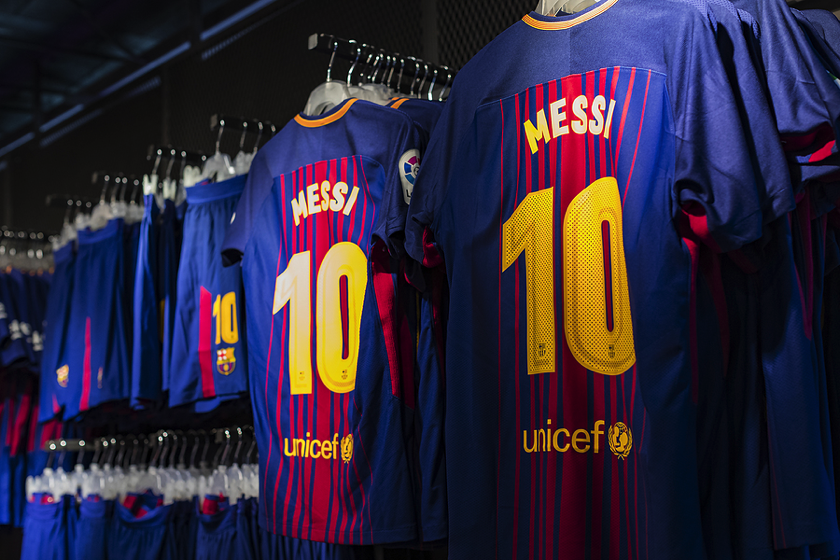It’s considered one of the most prestigious acts that a sportsman or woman can be bestowed in American sports: their jersey number ‘retired’, i.e. never to be issued again. NFL, NBA, NHL and MLB franchises have been doing that for decades – the Toronto Maple Leafs, an ice hockey team in Canada, retired the number six jersey in honour of former player, Ace Bailey, as far back as 1934.
As tends to be the case with a lot of things in sport, retiring a shirt number is a practice that has slowly drifted east across the Atlantic Ocean to Europe and beyond – to the point that multiple different clubs have now retired shirt numbers in honour of their favourite sons and daughters. So, why do football clubs retire numbers, which teams have done so already and which players have been forever immortalised by their number being taken out of circulation?
Why Does a Football Club Retire a Shirt Number?
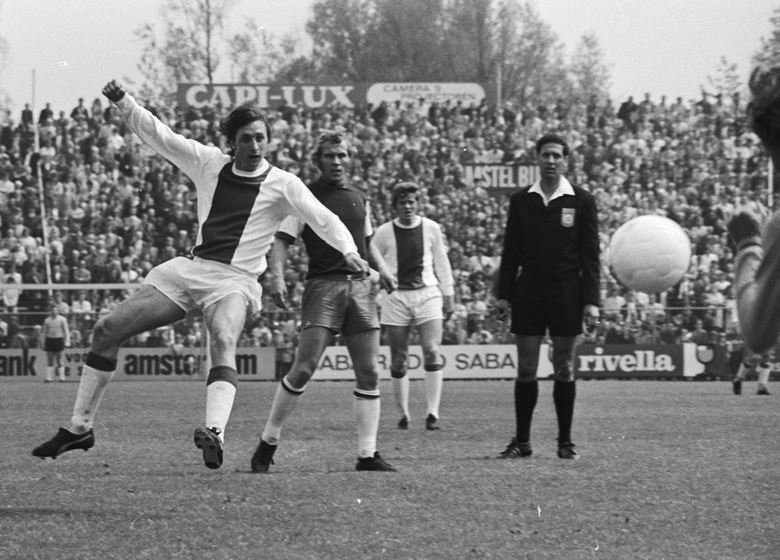
There are three general reasons that a football club will retire a shirt number. All revolve around a legendary player – perhaps a prolific goalscorer, an inspirational captain or a loyal campaigner who has been with the club for a number of years. When they leave the club, retire from the beautiful game or – most tragically of all – pass away, a club may honour the individual and the occasion by taking their shirt number out of circulation.
It effectively means that nobody will ever have that number on their back ever again while playing for that particular team – an honour bestowed upon some of the greatest players ever to lace up their boots. Premier League clubs have retired shirts numbers in the past, whereas others have left their most iconic numbers alone – considering it a real privilege to be handed the digit. At Manchester United, for example, the number seven jersey has become a Holy Grail: everyone from George Best and Eric Cantona to David Beckham and Cristiano Ronaldo has been awarded the number.
Newcastle United have also left their number nine alone – a shirt worn by the club’s classic strikers, from Jackie Milburn and Malcolm Macdonald to Andy Cole and Alan Shearer. It would be considered an act of vandalism if the Magpies retired the nine now.
Some number retirements are ceremonial, too. Sports clubs around the world have retired their number 12 shirt – an ode to their fans, who are often regarded as the ‘12th man’ in sports where eleven players compete on a team. Numerous German Bundesliga clubs have done it, while Glasgow Rangers also retired their number 12 to thank supporters for helping them out of liquidation and administration back in 2012 – although it has since returned to the circulation.
What Was the First Retired Number in Football?
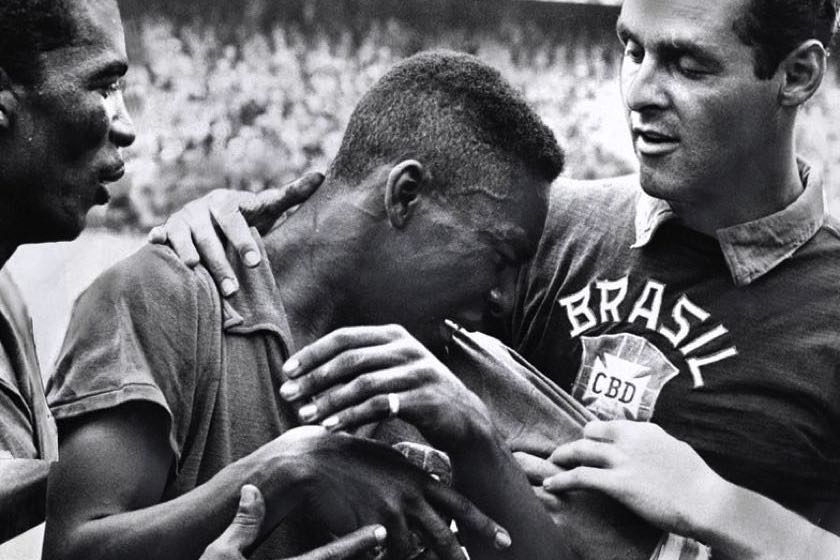
One of the challenges facing football in this regard is that squad numbers only became a reality in the 1990s – before that, teams had to field numbers 1-11, meaning that a number could not be retired. But that was never the case in American ‘soccer’, where the early incarnation of Major League Soccer – NASL – welcomed squad numbers with open arms. When the great Pelé ended his time with the New York Cosmos in 1977, his number ten shirt was retired – the first documented recording of that happening in football.
In theory, Bobby Moore’s famous number six shirt that he wore with distinction at West Ham could have been the first number ever retired in English football – his long stint with the Hammers came to an end in 1974. But the rules on fixed, permanent shirt numbers at the time meant that Moore’s iconic digit could not be retired until the anniversary of his death in August 2008.
Which Football Clubs Have Retired Shirt Numbers?
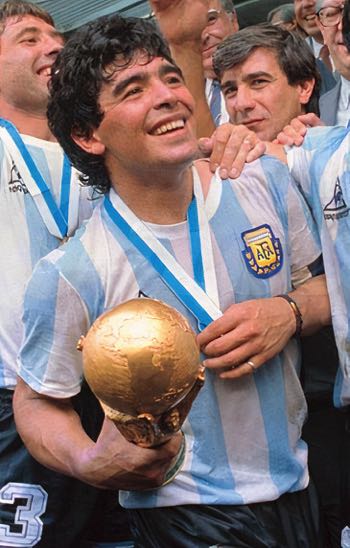
Many of the greats of the game have been honoured by having their shirt numbers permanently retired by the club side that they were most prominent at. Honved retired the number ten shirt of the outstanding Ferenc Puskas in the year 2000, while the number 14 jersey at Ajax is one of the most legendary in the development of modern football – it’s not been worn since Johan Cruyff was commemorated in 2007.
Diego Maradona was renowned for his brilliance – and his antics – in the number ten shirt. Napoli, one of the clubs where the purveyor of the Hand of God was most popular, retired the number in the year 2000, although Argentina were prohibited from doing likewise by FIFA; international sides are required to have shirt numbers 1-24 active in line with tournament rules.
A number of Italian clubs have retired shirt numbers as a way of thanking their most loyal players for their service. AC Milan honoured their dynamic defensive duo, Paolo Maldini and Franco Baresi, by expiring their number three and six shirts, respectively, while Francesco Totti, Roberto Baggio and Javier Zanetti also enjoyed the same accolade when their number ten, ten and four shirts were retired by Roma, Brescia and Inter Milan.
It’s not always former players who are honoured in this way. Pope John Paul II, who had a brief stint as a goalkeeper in the youth team of Polish side Cracovia, was celebrated with the number one shirt being retired, while Istanbul Basaksehir retired the number 12 shirt in honour of the twelfth Turkish President, Recep Erdogan, who is a supporter of the club.
Are There Retired Shirt Numbers in the Premier League?
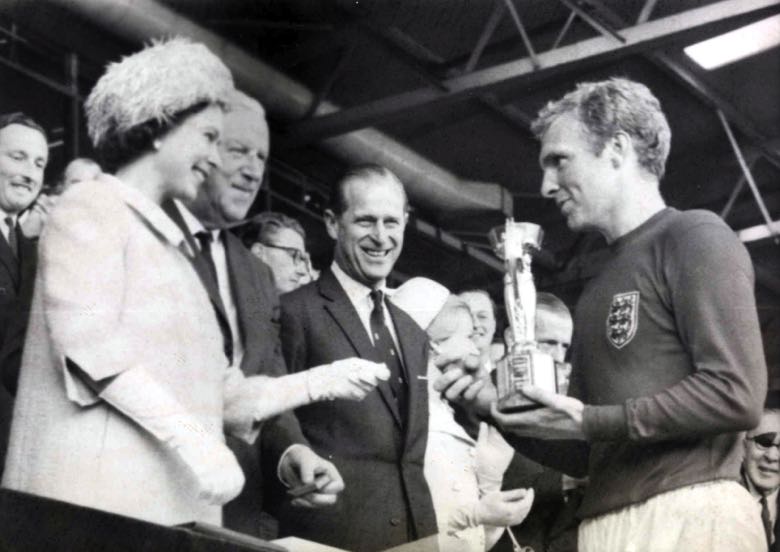
At the time of writing, only two current Premier League sides have retired shirt numbers. West Ham have done so twice: first with Bobby Moore and then Dylan Tombides, the tragic young Aussie who died aged 20 while on the club’s books.
Manchester City retired their number 23 shirt in honour of Marc Vivien-Foe, the midfielder who tragically died on the pitch from a heart condition while representing Cameroon. Another of Foe’s former clubs, Lens, retired their number 17 shirt, although Cameroon were prevented from doing likewise by FIFA’s draconian shirt number rules.
Jude Bellingham, who at the age of 20 is in the midst of an outstanding career with Real Madrid and England, admitted that he was ‘taken aback’ when Birmingham City retired his number 22 shirt in 2020. He’d only played one full season for the Blues, but the club had a bigger reason for the honour – his £25 million transfer to Borussia Dortmund effectively saved Birmingham from going bankrupt.

